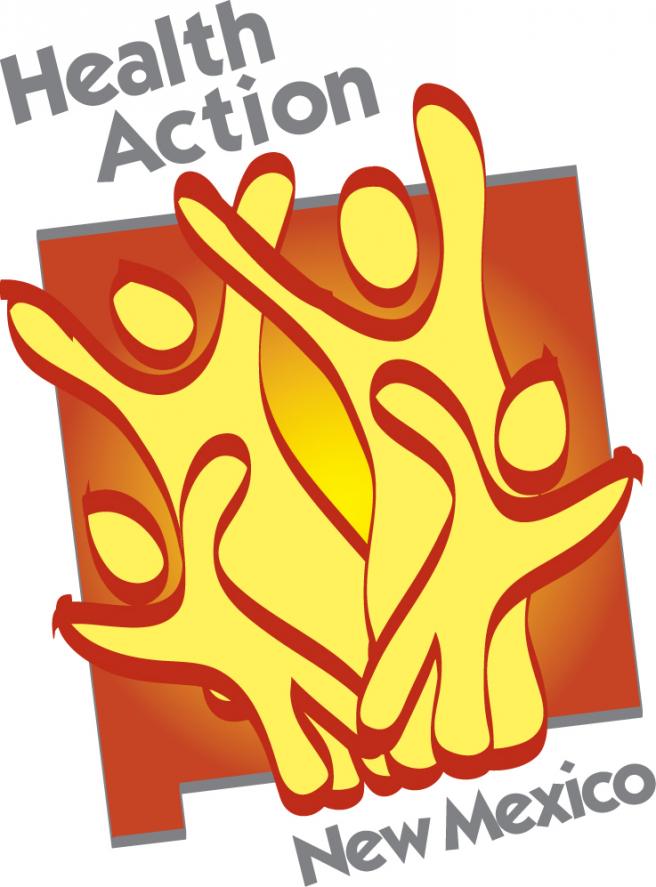What Health Action NM's Staff Are Reading This Week: May 25-29

New York’s State Assembly passes a universal health care bill. The legislation proposes that the state eliminate the private health insurance system and instead cover services through a single program operated by the state. This type of system is often referred to as “Single-Payer.” Several other countries, including the UK, Canada, and Taiwan, have implemented this type of system with great success. The benefits of such a system include universal access to health services, lower costs, and better coordination of care. The NY bill now heads to the state Senate where it’s expected to face an uphill battle. Be sure to check out the Vox.com cardstack on single-payer health care systems. A single-payer system is on Health Action NM’s radar as states begin to consider the future of health reform.
- Barbara Webber, Executive Director
New proposed rules for Medicaid managed care organizations (MCOs) aim to increase insurer & provider accountability and access to care. The Department of Health and Human Services (HHS) proposes 1) that Medicaid MCOs must spend at least 85% of Medicaid dollars on medical services, 2) enhanced requirements to ensure the continuation of care when a beneficiary moves between programs or switches to a private health plan, 3) annual reviews of provider networks to ensure that beneficiaries have accurate information about the number and location of providers in their network, and 4) a system designed to give consumers information on provider quality ratings. Since New Mexico decided to shift the state’s Medicaid program from a fee-for-service model to the MCO model, these new rules will have far-reaching effects on our Medicaid system. Health Action NM is pleased to see that steps are being taken to improve a program that covers over 1/4 of New Mexico’s population.
- Colin Baillio, Communications and Outreach
Blue Cross and Blue Shield (BCBS) of New Mexico requests a 51% premium increase for all individual plans. The premium hike would affect about 35,000 consumers who are enrolled in plans both on and off the New Mexico Health Insurance Exchange. The request is subject to the rate review process, meaning it must be approved by the New Mexico Office of the Superintendent of Insurance. This request is by far the largest filed so far. Presbyterian’s Health Plan and New Mexico Health Connections are requesting single digit increases and other plans have yet to file rate requests. BCBS is citing higher than anticipated costs as the reason for increase. Please inform Health Action NM if you are facing a rate increase of this magnitude. Click here to view all rate increase requests in the state. Health Action NM will continue to track this development and advocate on behalf of consumers whose rates are raised arbitrarily.
- Andrea Andersen, Health Policy Intern
A survey by AARP and the Urban Institute finds that uninsured rates among individuals aged 50-64 dropped 31% over one year. The drop in the number of older adults who are uninsured is largely a result of the Affordable Care Act (ACA), which prevents insurance companies from denying coverage due to pre-existing conditions, eliminates the practice of charging those with greater health needs higher premiums than those in good health, limits the amount insurance companies can increase premiums based on age, and expands coverage. The study also found that states that expanded Medicaid under the ACA have seen a greater decrease in the number of uninsured between 50 and 64 than states that chose not to expand Medicaid. These findings are a sign that the ACA is serving older adults who are more likely to utilize health care services.
- Ellie Perkins, Health and Dental Policy Intern
Health Action



